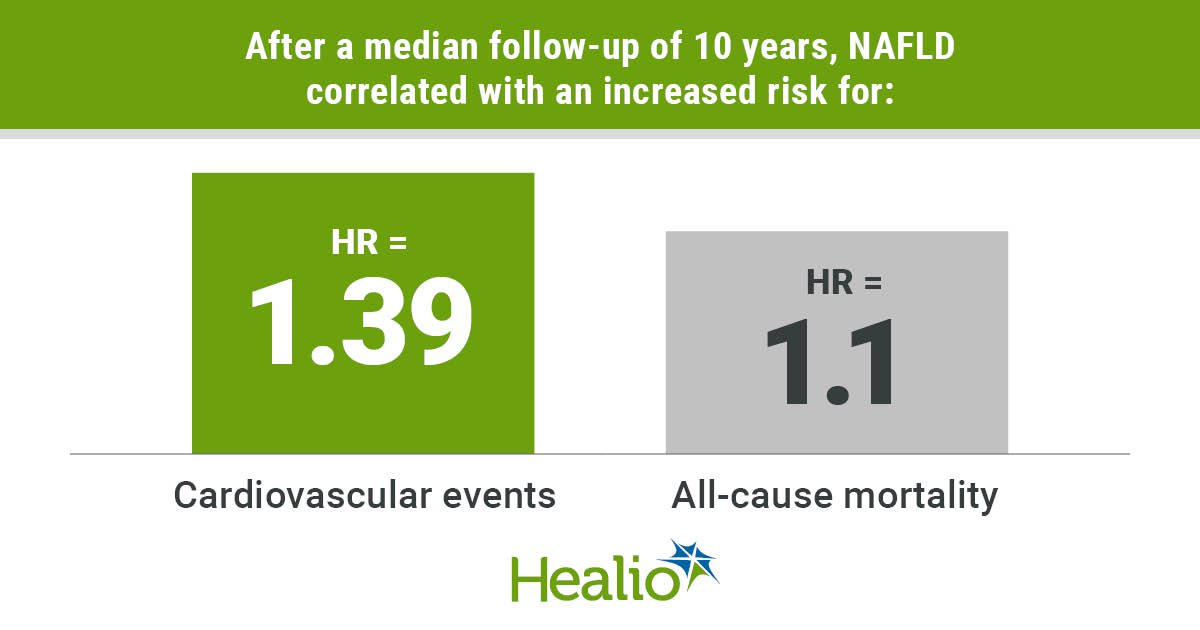
CHICAGO, Aug. 30, 2022 /PRNewswire/ — The Pulmonary Fibrosis Foundation (PFF) will showcase how the pulmonary fibrosis (PF) community stands together in the fight against the life-threatening lung disease during Pulmonary Fibrosis Awareness Month in September.
“We will shine the spotlight on PF by sharing important facts about the disease and personal stories from individuals who are impacted by it, “said William T. Schmidt, president and CEO of the PFF. “We want everyone in the community to get involved, come to our events and spread the word.”
More than 250,000 Americans are living with PF, which causes progressive scarring in the lungs. More than 50,000 new cases are diagnosed annually in the U.S.
Community Events
The PFF Walk 2022 to raise awareness and funds for research and support of those living with PF is set for the following dates in September —
- Sept. 10 – Diversey Harbor, Chicago
- Sept. 17 – Crissy Field, Bay Area
- Sept. 24 – National Walk Day, Virtually
The PFF Walk features two course options – 5K and one mile – and family-friendly activities, refreshments, educational materials about PF and more. Registration is free and those who raise $100 or more will receive a commemorative PFF Walk t-shirt.
The second annual ILD Day on Wednesday, Sept. 14, aims to elevate awareness of interstitial lung disease (ILD), of which there are 200 different causes. ILD is characterized by inflammation and/or scarring in the lungs, making it difficult to breathe and get oxygen into the blood stream.
As part of ILD Day, an educational webinar hosted by internationally recognized ILD expert, Dr. Anna Podolanczuk, will be held at 12 p.m. CDT on Sept. 14. The presentation will focus on “Progressive Pulmonary Fibrosis: What Patients Need to Know,” and will provide information to help patients better understand the disease and its progression. Webinar registration is available here.
Social Media
Beginning September 1, the PFF will post content every day on its social media channels with the handle @pfforg on Facebook, Twitter, Instagram, and YouTube, using the hashtags #PFMonth and #BlueUp4PF. Each day, a fact about PF will be posted at 11 a.m. CDT and a story will be posted at 1 p.m. CDT.
The #BlueUp4PF campaign recognizes the effect of the lack of oxygen in the bloodstream. Inadequate oxygen levels, which can be caused by PF, may result in the fingernails or lips turning a bluish color. #BlueUp4PF encourages people to wear blue, take a selfie, and post it on social media with the reason they are going blue for PF Awareness Month.
In addition, more than 100 iconic buildings, monuments and bridges will shine blue with hope for the PF community throughout September. The list of sites and the dates they will be illuminated during PF Awareness Month is available here.
About the Pulmonary Fibrosis Foundation
The mission of the Pulmonary Fibrosis Foundation is to accelerate the development of new treatments and ultimately a cure for pulmonary fibrosis. Until this goal is achieved, the PFF is committed to advancing improved care of patients with PF and providing unequaled support and education resources for patients, caregivers, family members, and health care providers. The PFF has a three-star rating from Charity Navigator and is an accredited charity by the Better Business Bureau (BBB) Wise Giving Alliance. The Foundation has met all of the requirements of the National Health Council Standards of Excellence Certification Program® and has earned the Guidestar Platinum Seal of Transparency. For more information, visit pulmonaryfibrosis.org or call 844.TalkPFF (844.825.5733).
Contact: Dorothy Coyle
773-332-6201
SOURCE The Pulmonary Fibrosis Foundation










